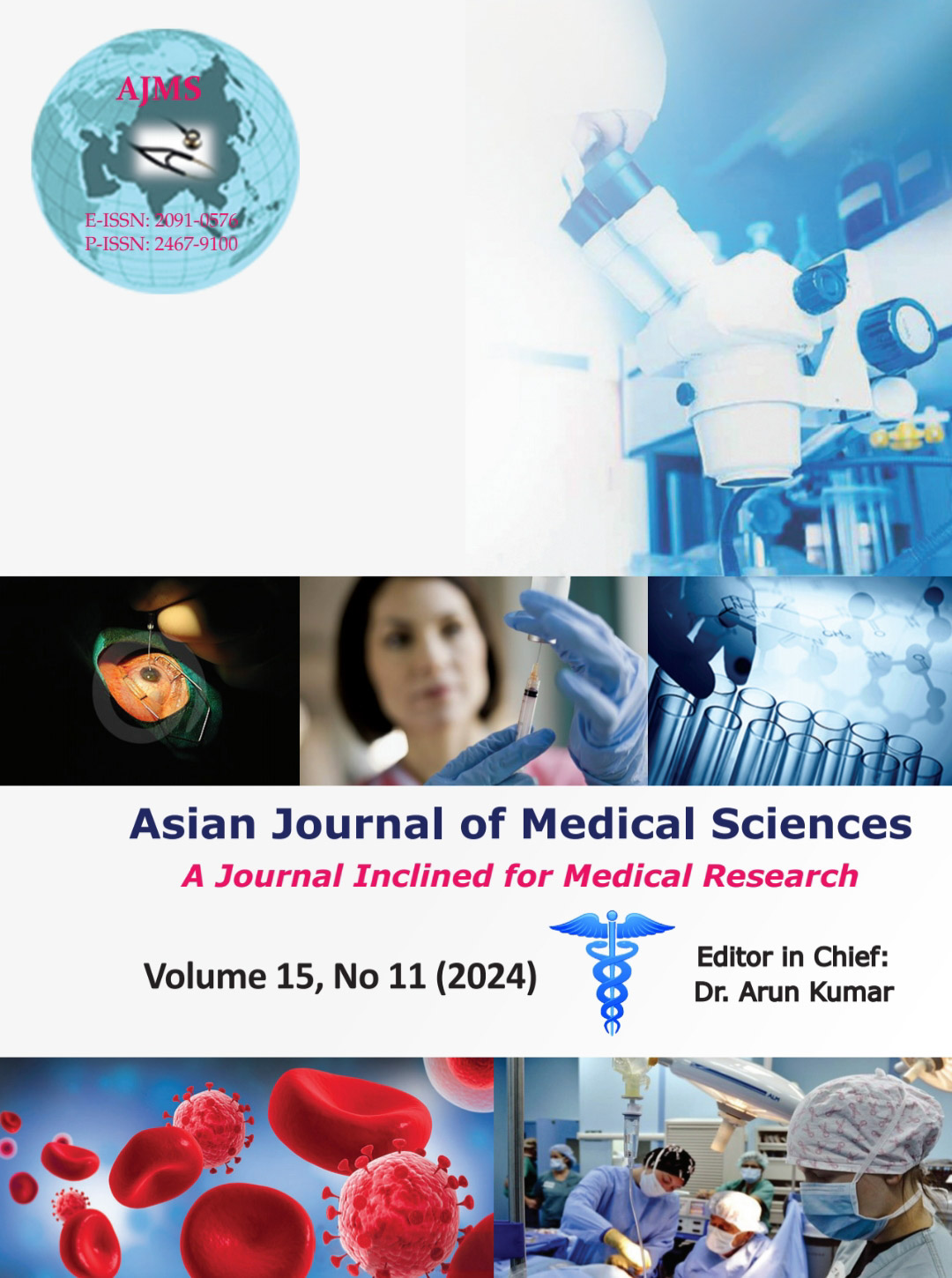Cardiovascular autonomic reactivity and inflammatory markers in patients with chronic migraine
Keywords:
Autonomic dysfunction; Migraine; Cardiovascular autonomic reactivity; Sympathetic tone; Parasympathetic toneAbstract
Background: Common headache disorders, including tension-type migraines and cluster headaches, are related to malfunctions of the autonomic nervous system (ANS). Many autonomic signs of migraines aggravate the discomfort of the episode. Understanding the function and comorbidities of migraine patients depends on tests for assessing the cardiovascular autonomic responsiveness of the ANS.
Aims and Objectives: The aim and objective of this study is to evaluate the use of cardiovascular reflex testing in adults with chronic migraine and healthy controls. Investigating inflammatory markers in individuals suffering from chronic migraines and controls.
Materials and Methods: Thirty healthy controls and 30 people suffering from persistent migraines were part of the research. Cardiovascular reflex tests were performed. Inflammatory markers such as tumor necrosis factor-alpha (TNF-α), interleukin (IL)-1, and IL-10 were also evaluated. SPSS edition 21 was used for the statistical analysis. For parameters with normal and atypical distributions, the Mann–Whitney test and the unpaired t-test, respectively, were used.
Results: Among 30 subjects, testing for autonomic reactivity related to chronic migraines revealed significantly lower values than those for control. Patients with chronic migraines had far more inflammatory markers, including TNF-α, IL-1, and IL-10.
Conclusions: Revealing autonomic dysfunction, the group with chronic migraines had a lower parasympathetic tone and sympathoexcitation than the healthy control group. Future studies should concentrate on ANS dysfunction as a biomarker for early warning signals for drug intake and migraine control.
Downloads
Downloads
Published
How to Cite
Issue
Section
License
Copyright (c) 2024 Asian Journal of Medical Sciences

This work is licensed under a Creative Commons Attribution-NonCommercial 4.0 International License.
Authors who publish with this journal agree to the following terms:
- The journal holds copyright and publishes the work under a Creative Commons CC-BY-NC license that permits use, distribution and reprduction in any medium, provided the original work is properly cited and is not used for commercial purposes. The journal should be recognised as the original publisher of this work.
- Authors are able to enter into separate, additional contractual arrangements for the non-exclusive distribution of the journal's published version of the work (e.g., post it to an institutional repository or publish it in a book), with an acknowledgement of its initial publication in this journal.
- Authors are permitted and encouraged to post their work online (e.g., in institutional repositories or on their website) prior to and during the submission process, as it can lead to productive exchanges, as well as earlier and greater citation of published work (See The Effect of Open Access).




